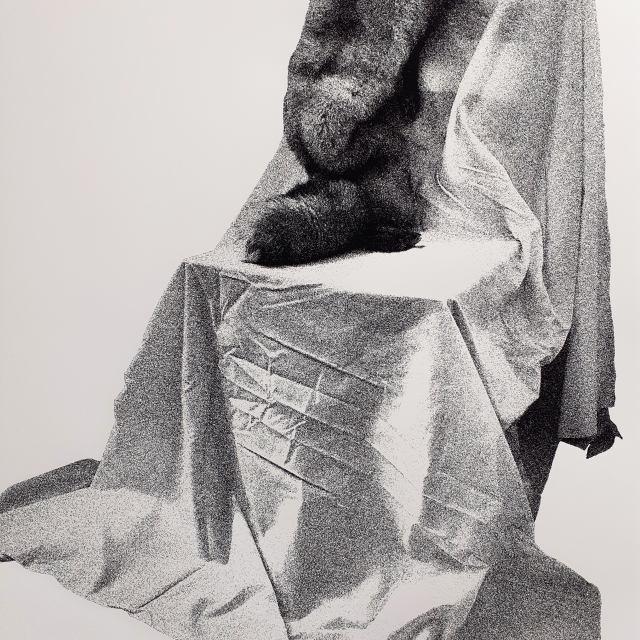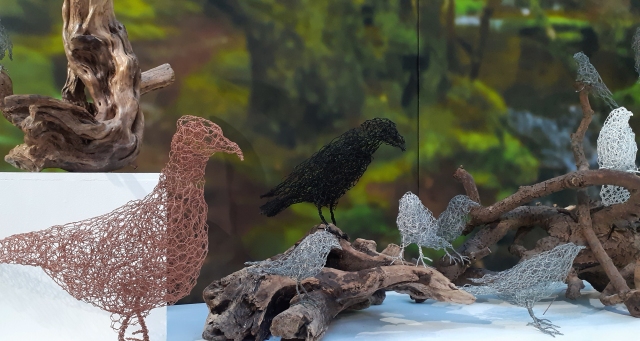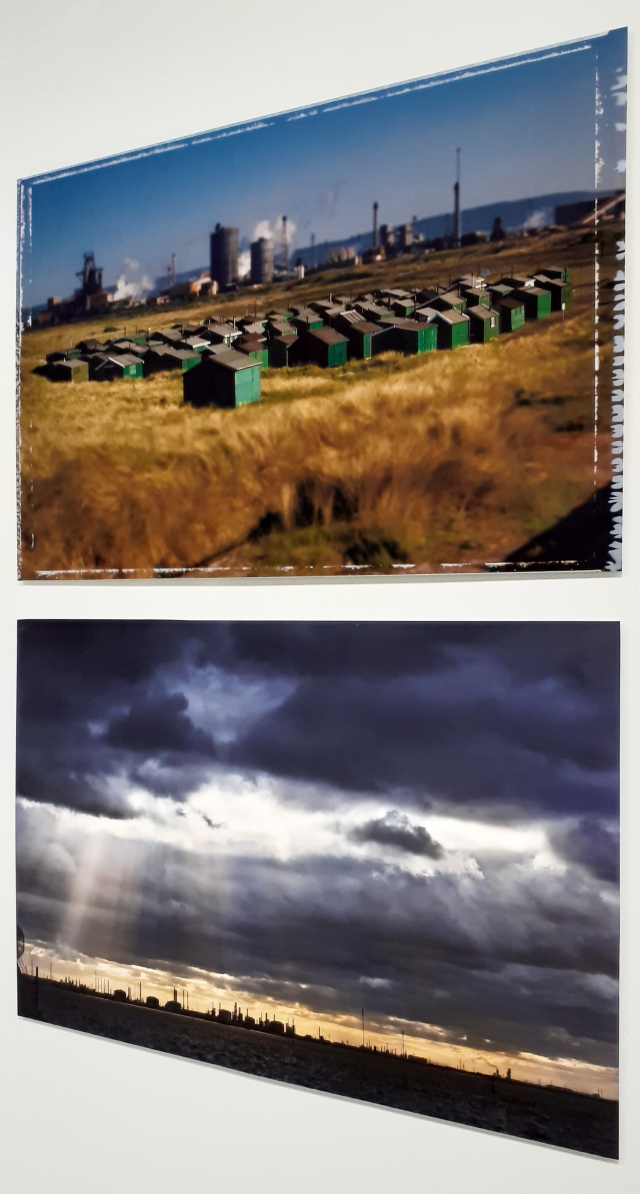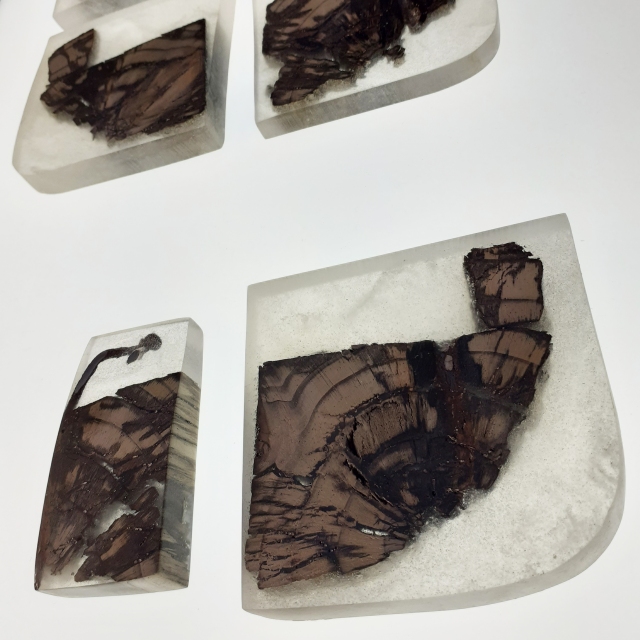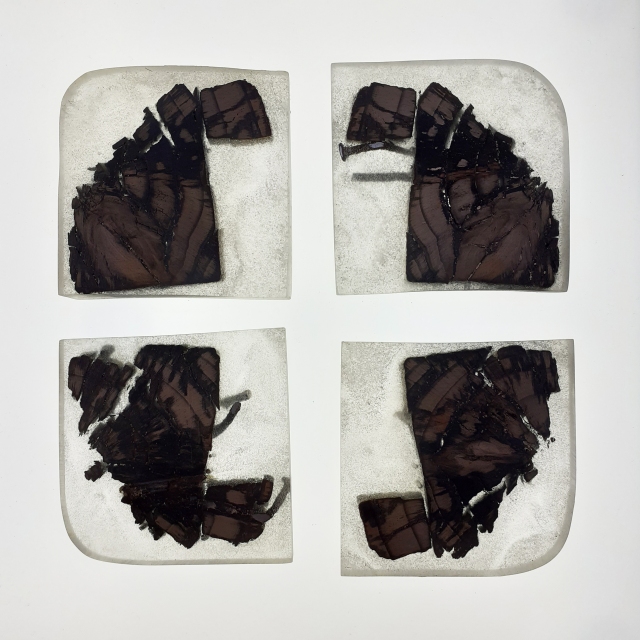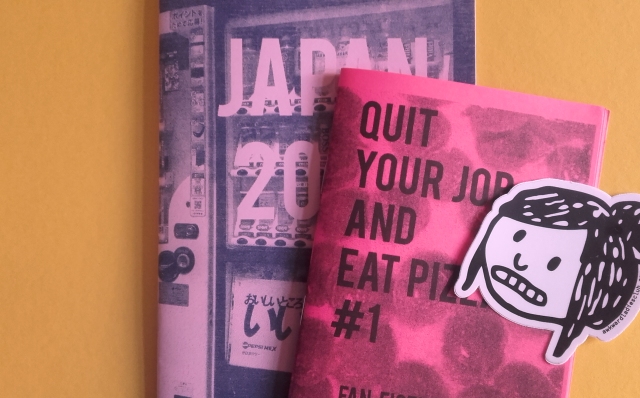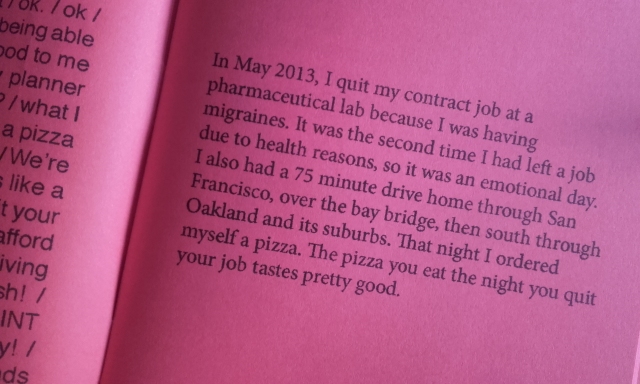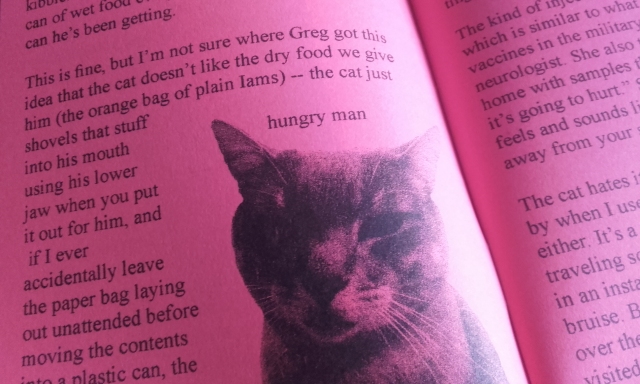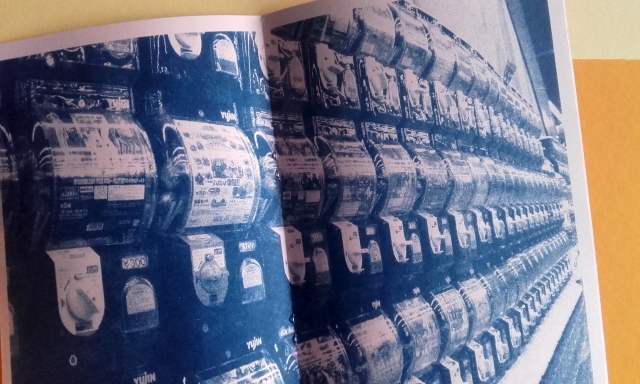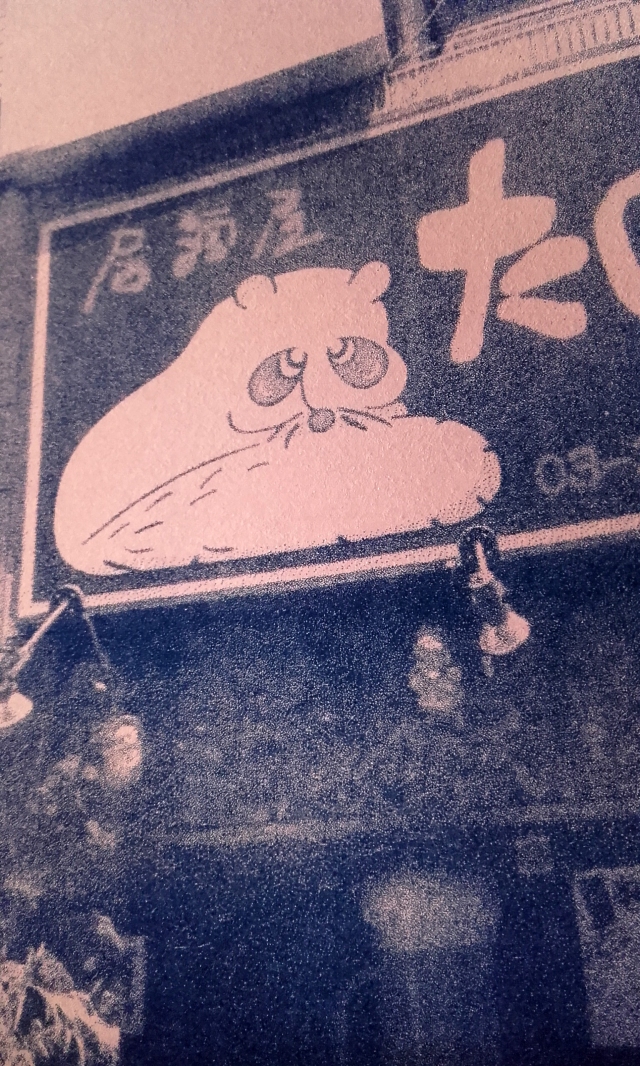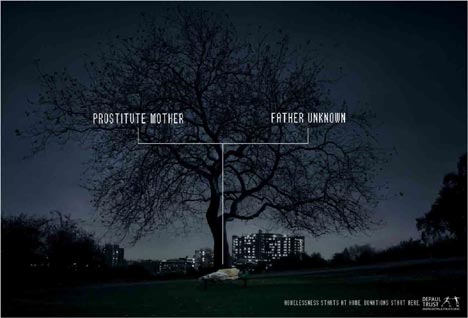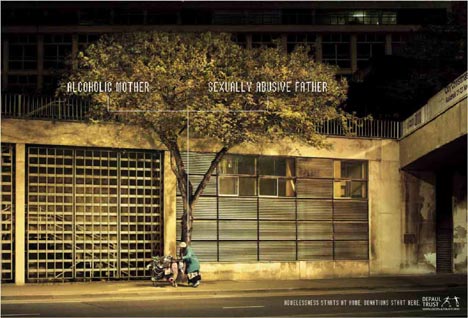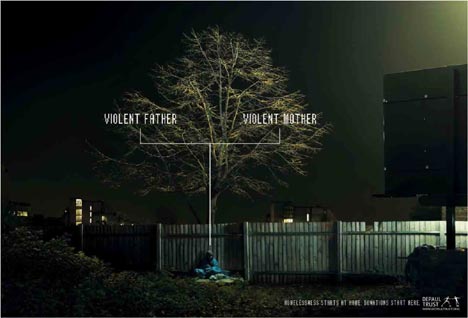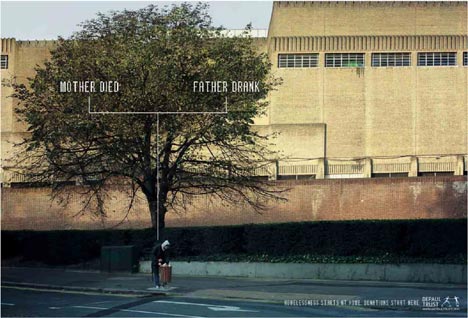I’ve yet to write up my time spent with the corporate advertisement agency Festland in ST. Gallen. I wanted to share something that delighted me when I was working there. Festland has a large library of books and I took some time out to browse through them. The majority were in German, but some were of other languages.
There were also many recent magazine subscriptions that the agency shelved in the waiting area and corridor. I’m sure they’re primarily there for the clients to browse through as I didn’t see any staff making use of them.
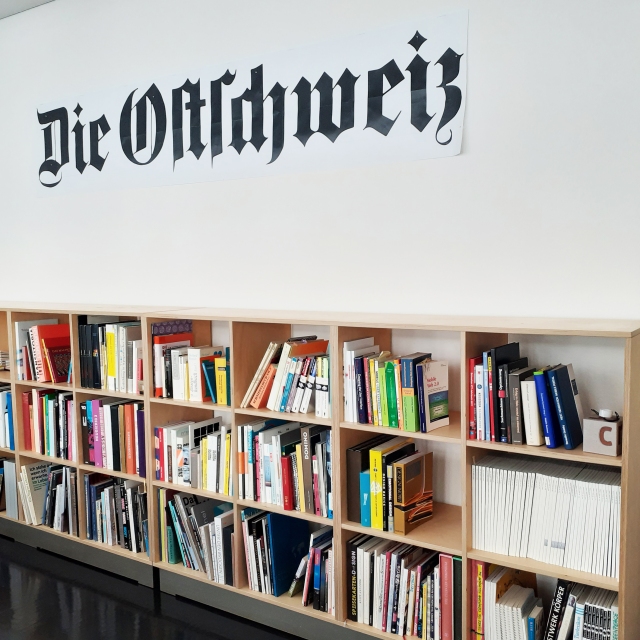
Many design books consisted primarily of images (just the way I like it) and so I could enjoy heavy tombs full of photography. One such book that stood out was Unter den Brüken (‘Beneath the bridges’) and had many beautiful pictures of notable bridges about Switzerland and the areas underneath and around them.
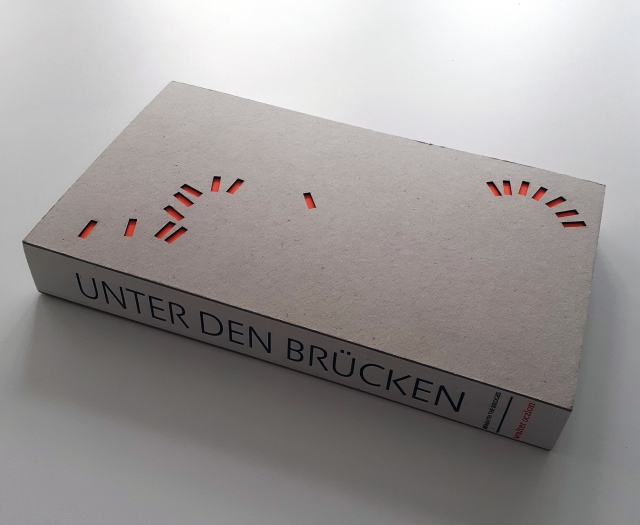
The physical traits of Unter den Brüken are beautiful. It’s an art object, for sure. My phone photos don’t do it justice. The thick, cardboard cover features numerous rectangles cut out – in a seemingly random placement – teasing us with the vibrant title page underneath.
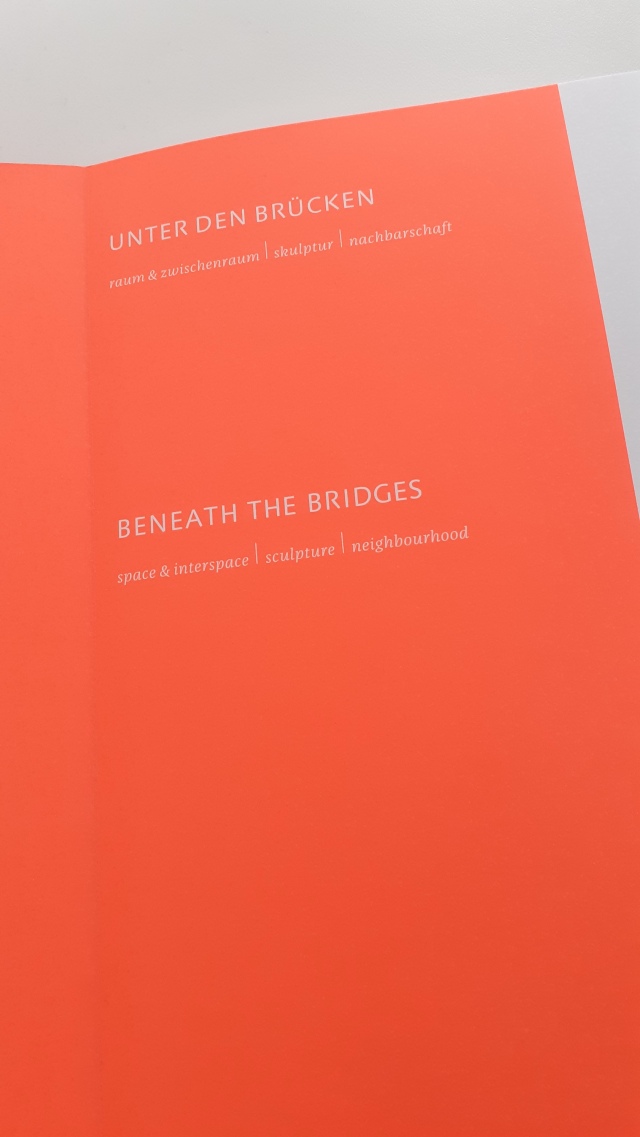
Turn past the title page and see there’s a map with the country’s bridges marked out by orange rectangles. Now the reasoning behind the haphazard-looking cover pattern reveals itself!
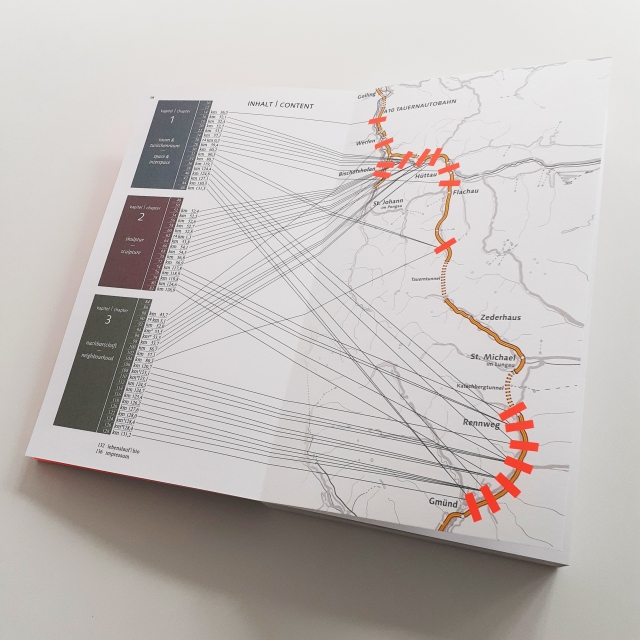
Once opened, the rectangle-shaped book forms a neat square, and the pictures inside are square, too.
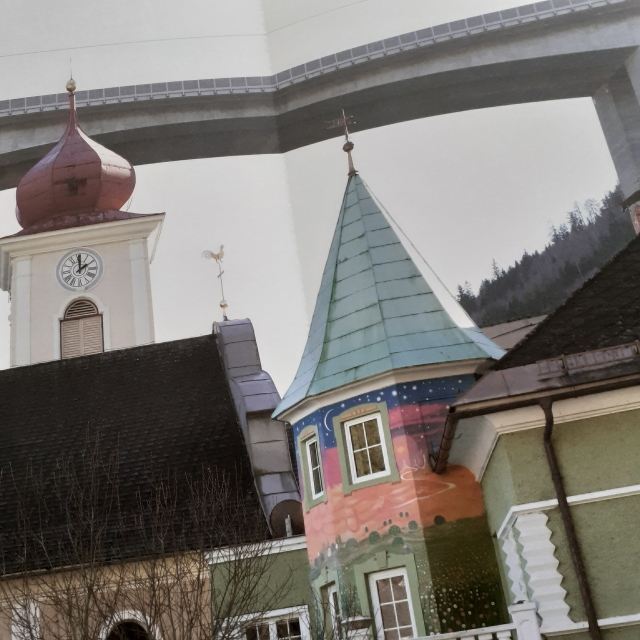
Each page showed either a photo of one of the bridges’ unique structure and characteristics, or the surrounding area the bridge cut through. Some locations has several photos taken at different times of the year, to show how the change of the seasons effects the area.

There were some fine art books, such as Transutopia. The library art books were in German (of course) but the works covered were world-wide; some classic, some contemporary. You’ll know many classic works catalogued even if you can’t read these books (and hey… they’re full of drawings and pantings… art is a universal language if there ever was one).

Transutopia is a catalogue of modern artworks. Like almost all books I encountered in Switzerland, the editorial layout was organised by strict rules, immediately obvious to anyone used to reading books with a more clumsy layout. The text is organised to aid memory (the line you left off on) and is much more pleasing to the eye with the rhythm it flows in. No justified text here. I’d like to discuss Swiss typography rules in a later post, using printed media I picked up while away.
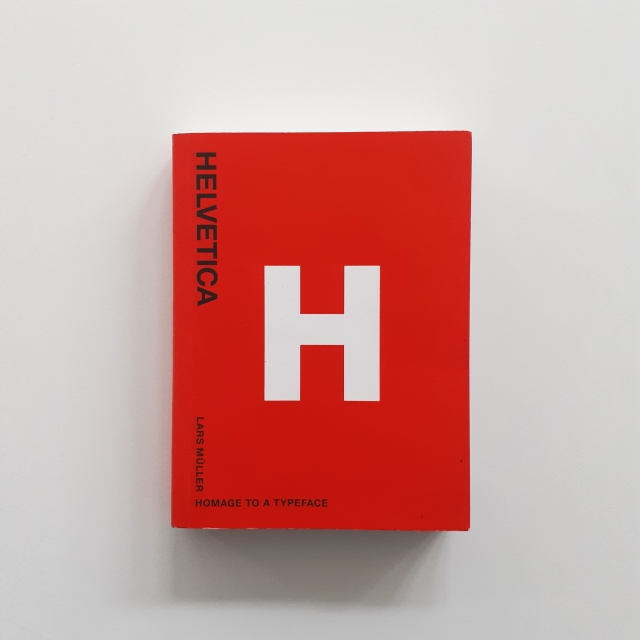
There was a tiny (tiny!) book full of photos of Helvetica in use about the world; on signposts, on posters, on decals etc. It was nice to flick through during a lunch break.
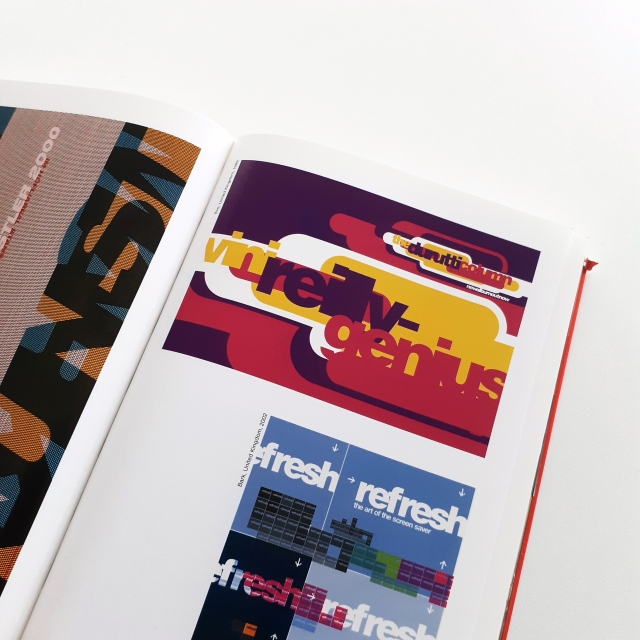
I’m sure I took more photos of the library books than I’ve got to show, but I must’ve misplaced them! Oh well. I was gifted the book TYPE FOR TYPE Custom Type Solutions for Identity Design by the agency as a leaving present, so when I share, I’ll have to take many photos of it! …It’s an art object.
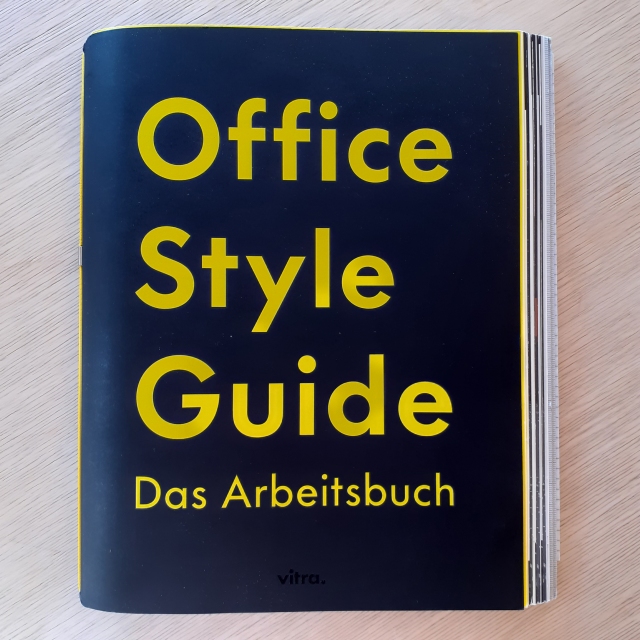
There were good books that had wandered out of the library bookcase.
About the studio there was a guide to office layouts, Office style Guide Das Arbeitsbuch. It’s a workbook with cardboard templates and stencils to cut out, draw, and model studio plans with. The books is bilingual, so just flip it upside down and turn it over to read it in English. It’s also insightful into the types of studio a person might want to build.
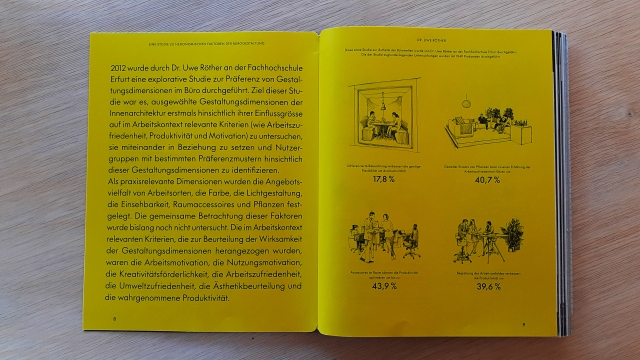
The book’s divided into sections each covering ‘different feeling’ studio types (such as industrial-themed studio) which include the materials that are best suited to an aesthetic. It’s well-known that the work environment effects the mood and thus the productivity of those inside it. The book gets quite analytical with MATH! With FACTS! FIGURES!
Truth be told, I’d not given that much thought to the process of creating the ideal layout for a creative studio. (I don’t own an agency, so I don’t need to, really.) I realise, if you have a large space, you may dedicate serape rooms to different functions, such as a room just for staff who need solitude or for absolute privacy with a client. There may be a part of the studio for relaxing and reading. Festland had such areas and rooms. But Festland was large – two stories – compared to other creative studios I have visited that were just single-rooms.
If there’s anything I’m expecting from other agencies from now on, it’s a decent library of creative books!
